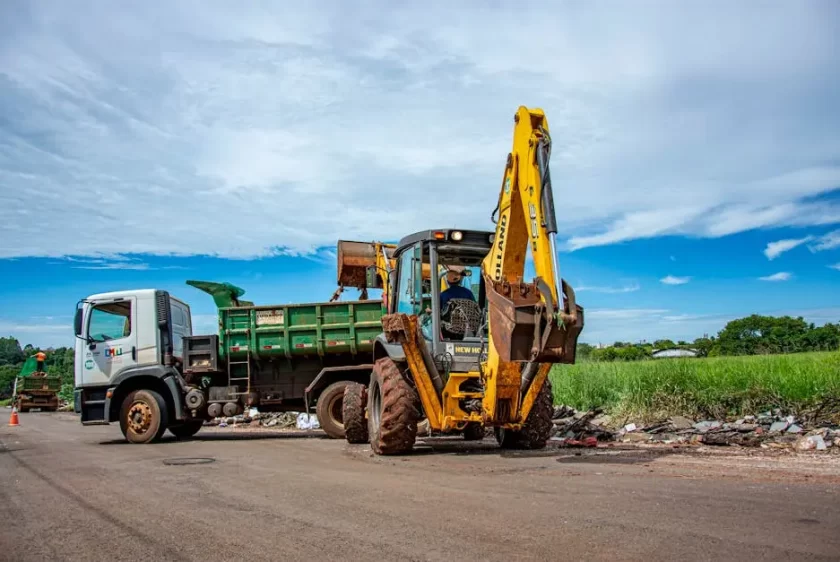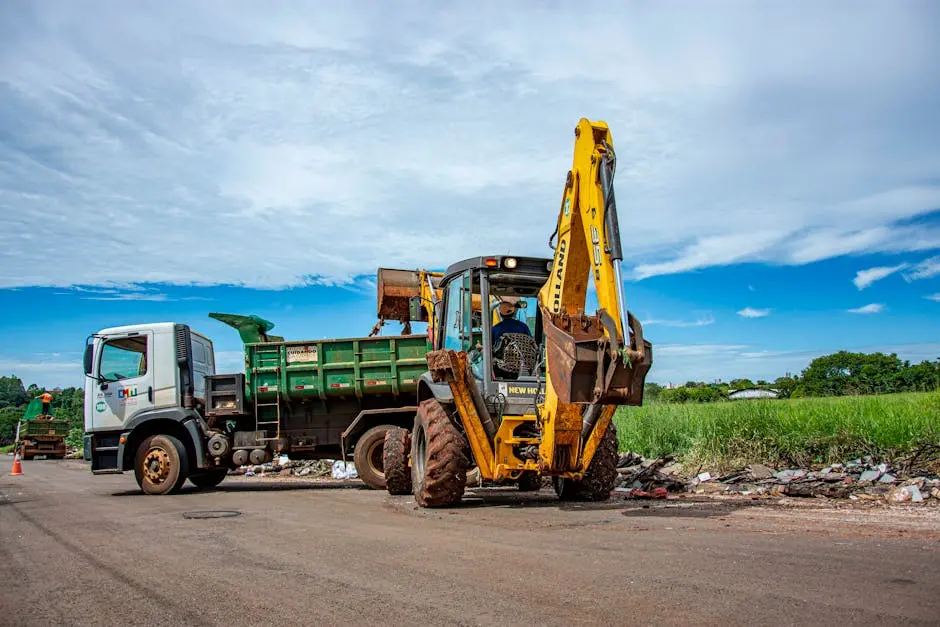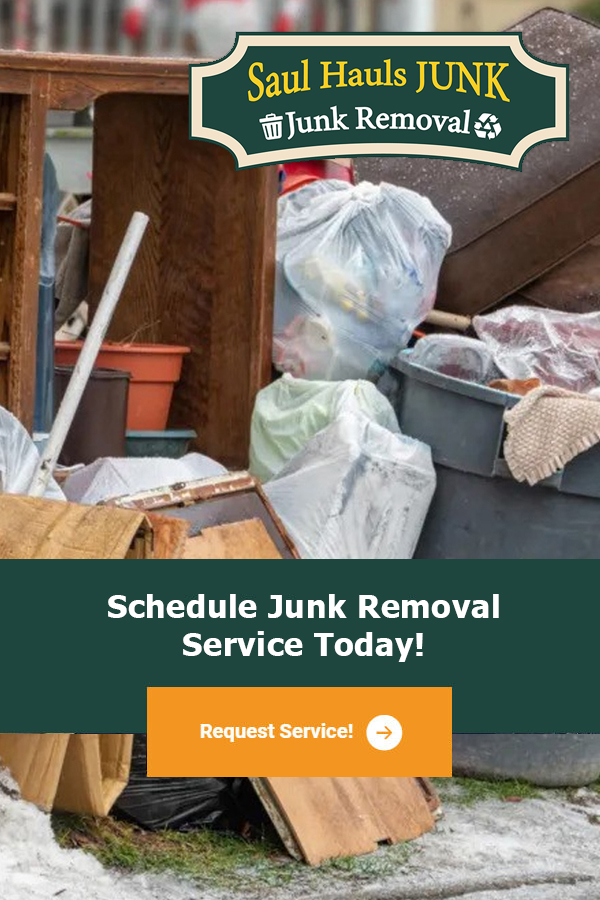
Recycling Made Simple: Tips for Dealing with Construction Debris
Construction projects can create a lot of debris, but recycling those materials doesn’t have to be a daunting task. In this blog, we’ll explore simple and effective tips to help you manage construction debris sustainably. Let’s break down the process together and make recycling easier for everyone!
Understanding Construction Debris and Its Impact
Before diving into recycling, it’s crucial to understand what constitutes construction debris and how it affects our environment. From wood and metal to concrete and drywall, learn how these materials can pile up and contribute to landfill waste.
Construction debris isn’t just an eyesore; it poses several environmental challenges. For example, materials like untreated wood and certain plastics can release harmful chemicals as they decompose. This is why understanding the types of debris generated is essential—not just for recycling but for minimizing negative impacts on our ecosystems.
When we think about construction debris, it’s easy to picture heaps of rubble. However, some of this debris can be exceptionally valuable. By recognizing the potential of materials like metal, which can be easily melted down and reused, we start to see construction waste not merely as trash but as a resource waiting to be transformed.
Planning Ahead: Tips Before Your Project Starts
The key to managing construction debris starts before the project even begins. Discover how thoughtful planning, including setting aside recycling bins and creating a waste management plan, can set the stage for effective debris handling.
Before you begin knocking down walls, take a moment to strategize. Consider having separate containers for different materials: metals, wood, and mixed debris. This initial step can save time and effort later, streamlining your recycling process significantly.
It’s also wise to communicate with your team about the importance of proper disposal methods. This promotes a culture of responsibility and awareness, ensuring that everyone knows how to handle waste correctly. Everyone’s collaboration in this planning phase can dramatically reduce the waste generated during construction.
Another proactive measure involves doing your research on recycling guidelines in your area. Some municipalities have specific rules about what can and can’t be recycled, and being aware of these can prevent costly mistakes and missed opportunities for recycling.
Sorting Debris on Site: Easy Strategies
Sorting your debris at the source is one of the most effective strategies for recycling. We’ll share tips on how to categorize materials effectively and what bins to use to keep everything organized.
Having designated bins for each type of debris makes a world of difference. Labeling these bins not only aids in quick identification but also encourages your team to participate actively in the recycling process. It’s surprising how a simple label can lead to better habits and a cleaner work environment.
Consider implementing visual reminders, like posters or signs near the bins, illustrating what belongs where. This can be particularly helpful for new team members or subcontractors who might not be familiar with your system yet.
Additionally, think about the logistics of your work area. Position your sorting stations as close to the source of debris as possible. This minimizes the effort required to sort waste and dramatically improves the chances of proper disposal.
Finding Local Recycling Facilities
Knowing where to take your recycled materials is essential. This section will guide you through how to find local recycling centers and what materials they accept, making it easier to dispose of construction debris responsibly.
To locate recycling facilities near you, start by searching online or using local government resources. Websites often provide comprehensive lists of accepted materials, which can help you prioritize your sorting efforts.
Don’t forget about local construction supply stores; many of them can direct you to facilities specializing in construction debris. They might offer additional services or suggestions that can assist in your project.
Networking with fellow builders or contractors may also yield valuable insights. Often, word-of-mouth recommendations can lead you to the best local facilities, saving you time and effort in your search.
Innovative Ways to Repurpose Construction Materials
Not all construction debris has to be recycled conventionally. Learn about creative ways to repurpose materials into new projects, from old wood used in furniture to concrete in landscaping, giving new life to what would otherwise be waste.
Have you ever considered using leftover bricks or concrete in your garden design? They can make wonderful borders or supports for plants, adding both structure and style to your landscaping efforts all while preventing waste.
Old wooden beams can transcend their original purpose, finding new life as rustic furniture or decorative shelving. DIY enthusiasts are turning debris into masterpieces, showcasing creativity while contributing to sustainability.
Let’s also not overlook the potential for repurposing metal scraps. With some basic tools, you can create everything from garden art to home accents. The more creatively you think, the more ways you can reduce debris while simultaneously beautifying your space.
Working with Professionals: When to Hire a Junk Removal Service
Sometimes, it’s best to leave heavy lifting to the experts. This section will outline when it might be beneficial to hire a junk removal service specializing in construction debris, ensuring that your waste is managed efficiently and responsibly.
If your project produces an overwhelming amount of waste or includes large objects that are difficult to handle—like heavy equipment or oversized debris—it may be wise to delegate this task to professionals. Experienced junk removal services have the tools and know-how to get the job done safely and quickly.
Additionally, hiring experts can save you time. As a project manager or homeowner, your focus should be on completing the project efficiently, and a removal service can handle the debris management, allowing you to keep your attention on the task at hand.
Lastly, don’t forget that hiring professionals can also ease the stress of compliance with local regulations. Many junk removal services understand the rules governing construction debris and can ensure that everything is disposed of according to the law, giving you peace of mind.
Embracing Sustainable Practices for a Better Tomorrow
By following these straightforward tips, you can ensure that your construction debris is handled responsibly. Remember, recycling not only helps the environment but also reduces clutter and minimizes waste. Let’s work together to make our construction sites cleaner and greener!


